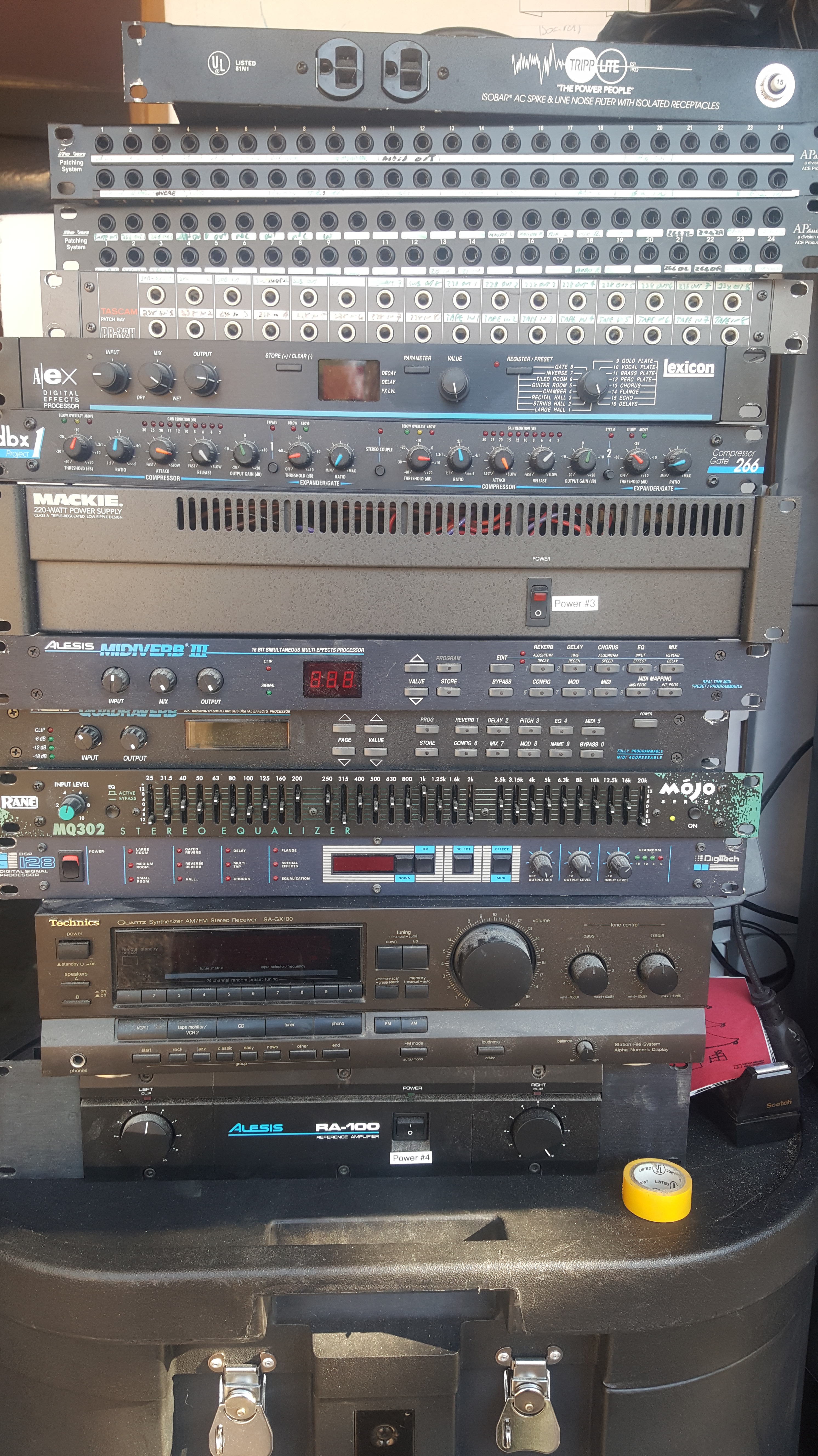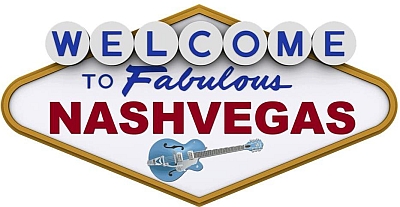Uncool confession time: I hated punk rock when it first came out. I thought it was badly recorded, atonal garbage, and failed to see why anyone would want to pay attention to a bunch of untalented hacks who couldn’t actually play their instruments.
At the time, I was an overly earnest musician who had become entranced by multi-track studio production techniques and the increasingly technical hi-fi adventurism of groups like Pink Floyd. What I didn’t really appreciate at the time, was how closed off the formerly free world of rock music had become in the decades since its founding. As the 70s were rolling to a close, the rock scene had turned into a game which only an increasingly limited number of incredibly talented and well-financed acts could afford to play competitively.
What punk brought was the message of, “Screw you and your decades of mannered musical training and your hundreds of thousands of dollars of studio time! We’re going to spend about $500 to make a record based on little more than attitude and energy! Oh, and our guitarist only knows about 3 chords, our bassist got his crappy amp back from the repair shop on Tuesday, and our drummer is just some guy our lead singer met last night at the bar who’s rubbish at maintaining a steady tempo, but who does have a van that runs.”
The music industry was overdue for a great rebalancing of the old cosmic scales. It was the yin that said only the truly talented few who’d paid their dues and worked their way up were allowed to record an album vs. the yang which just screamed, “Try and stop us!” and let it rip. And yeah, the latter record had a pretty good chance of sounding like complete crap. But at the same time, it was all strangely freeing. I think it was the sudden introduction of the punk ethos which kicked 70s corporate and soft rock to the curb, and helped usher in the golden age of experimentation and creativity which was the 80s.
The same energy even infected the rock veterans, giving them permission to take crazy chances. Did a lot of the old guard record some terrible albums as a result? Absolutely. But at the same time, that sort of wild experimentation gave us much of the music that we cherish decades later. It was, in short, the sound of a lot of musicians suddenly having a lot of fun. And as it turns out, people like fun–even better than they like perfectly produced albums.
In any creative field, there’s a constant war between the raw desire to create: the emotion, and the more technical and reserved desire to put only the most beautiful and polished work forward: the craft. If you’re among the blessedly balanced creatives, you somehow manage to marry these two forces to create work that’s both authentic and refined. The rest of us fight a constant battle between uncritically putting forth any rubbish idea which pops into our heads, or refining and analyzing our every effort so much that we wind up spending 7 years getting our screenplay together, never really feel like we’ve achieved an acceptable mix of that song demo, and never get around to finishing that novel we’ve been boring our friends talking about for as long as anyone can remember.
It’s the War of Art if you will: the battle creative folk must constantly wage against the blank page, the empty canvas, or the silent red glare of the “record” light. To anyone who faces these challenges as part of your work, I wish you courage. This is not an easy struggle.
But the bottom line is this: real artists ship. And while craft is good, it’s amazing what you can achieve if you just go out there and create things without worrying too much about it. Case in point: a quirky couple calling themselves “Pomplamoose” who has created some of the coolest songs and videos I’ve ever seen using nothing but foam core, a projector, an iPhone, and a not-inconsiderable quantity of creativity and daring:
This is very cool stuff, and by all means, check out some of their other videos. It’s inspiring to see what you can do with so little time and resources if you make your mind up to just go out there and do it. Even better, they continue to get out there and produce new work. It’s the combination creativity, work, and guts that makes them so impressive. Hats off to Jack and Nataly.
And for the rest of us: back to work!



